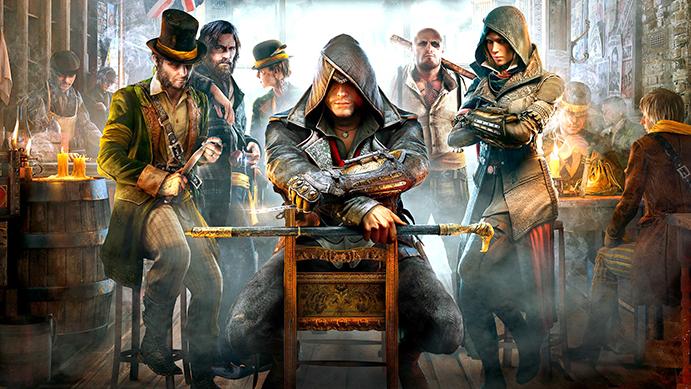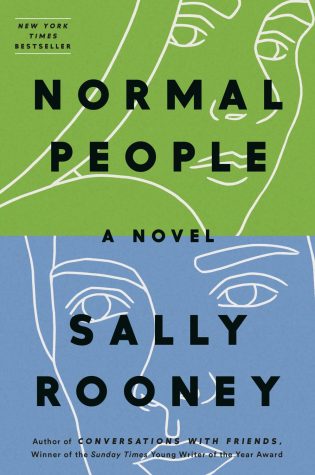Extra video game content not worth extra cash
March 8, 2017
I couldn’t wait to open my copy of “Assassin’s Creed Syndicate” and start playing the open world video game when it was released on Oct. 23, 2015.
I’m a huge fan of the series, so I was eager to play the eighth installment. But my excitement dwindled quickly: soon after the release, game developer Ubisoft offered new things to use in the game that fans like me will have to spend extra money on if we want to have the full experience.
In industry terms, this extra content — for an extra fee — is called “Downloadable Content,” or DLC. Usually, DLC for open world games like “Assassin’s Creed Syndicate” consists of new locations to explore, missions to complete and extra things for players to use, like outfits and weapons that improve video game character abilities and give them more options for how to complete new levels.
Since 2012 video gaming has reached a new height in popularity because of the options that gamers have. It is now possible for someone to film themselves playing a game live so that others can watch them. Competitive gaming is increasing in exposure thanks to multiplayer options that allow gamers to play certain versions of games with others around the world. Some games like Titanfall and Overwatch only have multiplayer options with no main story to play through.
In the past, I didn’t think much of buying this type of added content: it gives gamers like me much more to do in a game. I used to see this as a benefit to my gaming but my attitude has recently changed. These added downloads actually don’t enhance or change the overall gaming experience enough to justify the added cost for the consumer, which can be upwards of $10. Some content items depending on what they offer and how much space they take up on a gaming console can be as expensive as $30, especially if a lot of new content is offered in one large bundle.
Since the late 2000s, downloadable content has become commonplace in new video game releases. Almost all popular game titles such as Super Mario Brothers and Call of Duty, comes with a pre-order bonus. If you pay for the game before its scheduled release date, you get to download specific content that people who did not pre-order do not get to access. Even special editions that come with certain guaranteed extra content are available to buyers willing to spend more money. These different versions come in different packaging and include special items like small statues for passionate collectors. But this strategy doesn’t really serve gamers.
This marketing process is widely used and encourages gamers to pay more than $60 that the released game is worth. I can understand this practice on one level: if the final version of a video game doesn’t have the space to include more features and things to do, it’s better to release those extra things at a later date. It can be hard to tell what gets cut from the finished product and what gets included, so selling what was cut is a way to release developers’ true vision of the game.
But this business strategy is wearing thin on me. I’ve recently become more cautious about how much I spend on games and the extra content that they offer. Games like Star Wars Battlefront 2015 and Rocksteady Studios Batman: Arkham Knight both came out with a plethora of extra content to buy that often amounts to expensive prices ranging from $15 to $40 for the season passes which cover the costs of all available new content. I don’t see much point in spending more money, especially not if new additions are simply weapon and vehicle designs: I’m only interested in added features that give me a new way of playing the game.
Between 2012 and 2014, I bought new, added content for the games Assassin’s Creed Unity, Watch Dogs, Sleeping Dogs, and Far Cry 4. I was eager for more gaming experiences and things to work with, but I quickly regretted my decision. None of it lived up to the price the developers were asking for because it was all just more of the same with a few tweaks here and there.
The new content for the former and latter games cost a total of $30. I was given a little content in exchange for a lot of money. I avoided buying the season pass for “Assassin’s Creed Syndicate” all together because as much as I wanted to play the new story it was more than what I was ready to spend. The content being offered with purchasing the season pass could have easily been included in the final version of the game.
I think Video Game Developers need a new strategy: adjust their practice of giving buyers the content that can’t be included in the final versions of their games. Instead of asking gamers like me to buy the new content separately, they should give the content to gamers who’ve already pre-ordered upcoming games for free. This would encourage more gamers to pre-order games.
New content that is more about changing the look of video game parts like outfits and weapons should come as part of a pre-order bonus. When it comes to new content that actually adds to the established story of a game, then it justifies a reasonable price: between $10 and $20. Any way that game developers can think of giving players an advantage in gameplay should be integrated into the final version of the game no matter what.
















